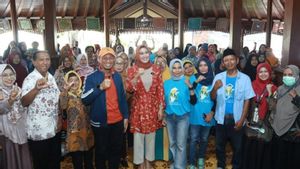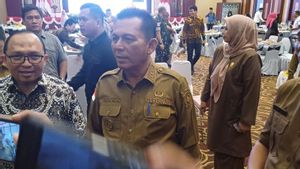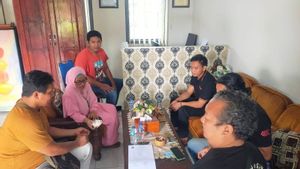JAKARTA - Natural flowers are very beautiful, but unfortunately their beauty can only last a moment. One solution to perpetuate its beauty is by drying it. Drying flowers can be done with a variety of techniques, ranging from natural to chemical-assisted. The following is a review of various flower drying techniques.
Natural technique
Natural drying does not require human intervention, in other words the flowers dry by themselves. Flowers and other elements can dry out while they are still attached to the tree. This drying process can make the appearance of flowers, fruit, and twigs look more natural.
Air engineering
Drying flowers with the air technique is the traditional method most often used by craftsmen. This technique can be used to dry various types of flowers, such as roses, knobs, and grasses.
Drying is done by hanging fresh flower ties in an inverted position (the stem is at the top while the petals are at the bottom. The drying process should be carried out in a room with air that is not humid and air circulation runs smoothly.
Drying that is done directly in the sun can cause the color of the flowers to fade. This drying process runs for 10-15 days, depending on the type of flower used.
Chemical engineering
Chemical drying is carried out using silica gel and glycerin. Silica gel is a chemical in the form of small spheres like crystals. Silica should be stored in a closed container during storage or used to dry flowers.
Silica serves to absorb the water content in the flower so that the flower becomes dry. The drying process can proceed faster with silica than in sand.
Dried flowers must be treated immediately so that they are not brittle and discolored. Flowers that can be dried with silica gel are carnations, gebra, roses, cempaka, baskets, dladiul, kenikir, lilies, and chrysanthemums.
Meanwhile, glycerin is a chemical in the form of a liquid. Glycerin can maintain the shape, flexibility, and texture of the leaves. But unfortunately glycerin can change the color of plants.
The English, Chinese, Japanese, Arabic, and French versions are automatically generated by the AI. So there may still be inaccuracies in translating, please always see Indonesian as our main language. (system supported by DigitalSiber.id)








